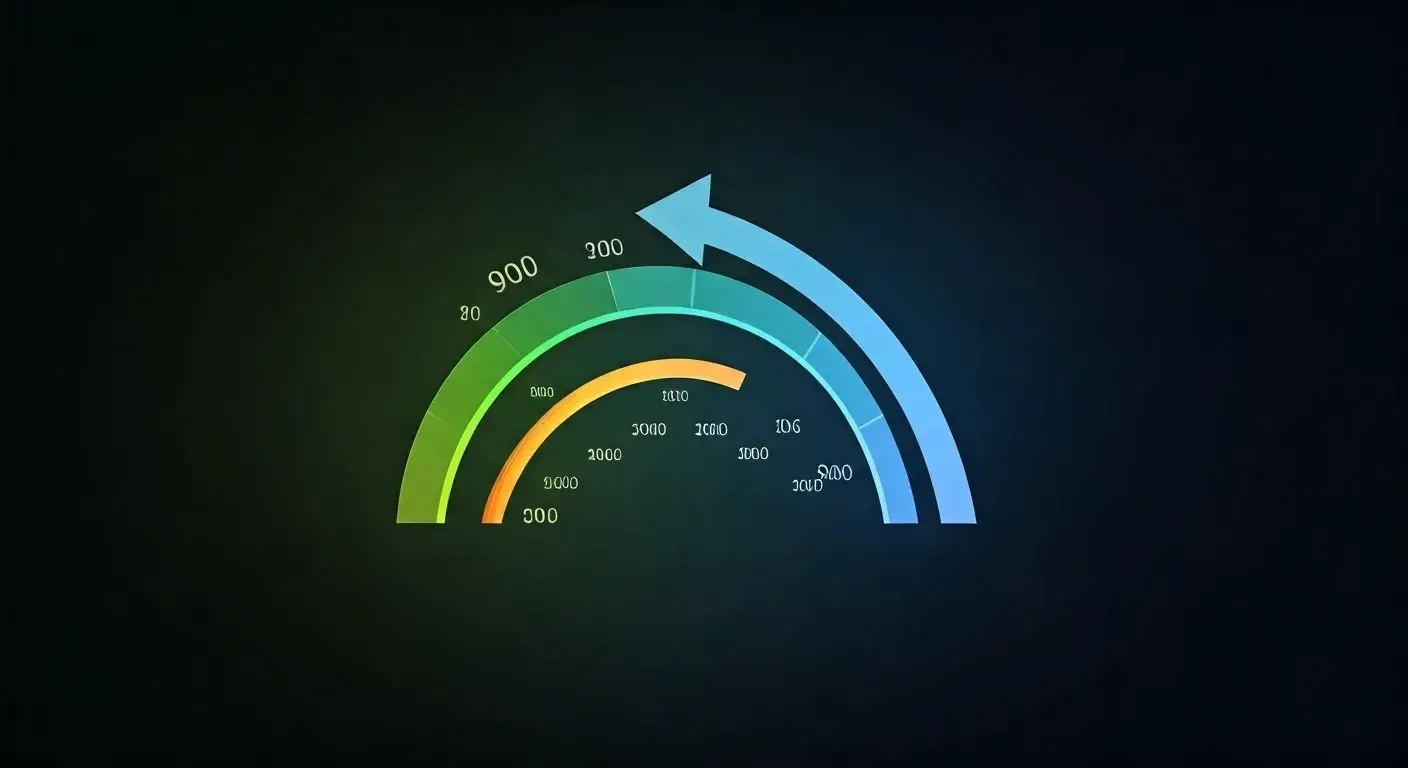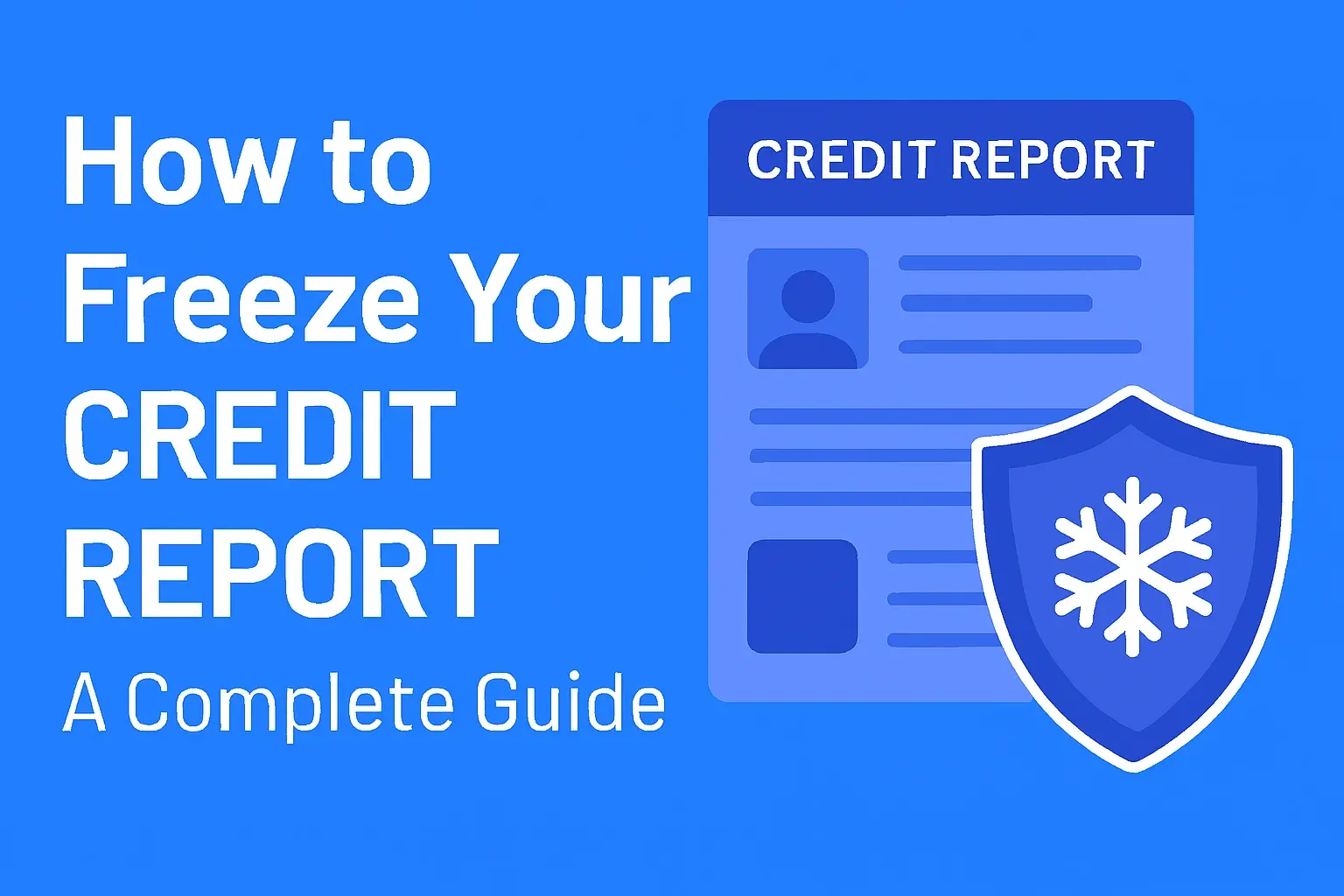-
Posted on: 26 Jul 2024
-
Understanding your credit score is crucial for navigating the financial world. A credit score of 390 falls into the "very poor" or "bad" credit range. This score can significantly impact your ability to secure loans, rent an apartment, or even get approved for certain jobs. This comprehensive guide will explain what a 390 credit score means, its implications, and actionable steps you can take to improve it.
Understanding Credit Scores
Before diving into the specifics of a 390 credit score, let's establish a foundation of what credit scores are and why they matter. A credit score is a three-digit number that represents your creditworthiness. It's a snapshot of your credit history, reflecting how reliably you've paid your bills and managed debt. Lenders use this score to assess the risk of lending you money. The higher your score, the lower the risk, and the more likely you are to be approved for loans at favorable interest rates.
Credit Score Ranges
Different credit scoring models exist, but the most widely used is the FICO score. Here's a general breakdown of FICO score ranges:
- Exceptional: 800-850
- Very Good: 740-799
- Good: 670-739
- Fair: 580-669
- Poor: 300-579
As you can see, a 390 credit score falls squarely within the "Poor" range. This indicates to lenders that you have a high risk of defaulting on your debts.
What Does a 390 Credit Score Mean?
A 390 credit score signifies a history of significant credit challenges. This often includes missed payments, defaults, bankruptcies, or other negative credit events. It signals to lenders that you are a high-risk borrower, making it difficult to access credit and financial services.
Common Factors Contributing to a 390 Credit Score
- Late Payments: Consistently paying bills late, even by a few days, can significantly damage your credit score.
- High Credit Utilization: Maxing out credit cards or using a high percentage of your available credit is a red flag.
- Defaults: Failing to repay a loan or debt as agreed can result in a default, severely impacting your credit.
- Collections Accounts: Unpaid debts that are sent to a collection agency indicate a serious payment issue.
- Bankruptcies: Filing for bankruptcy is a major negative credit event that stays on your credit report for several years.
- Foreclosure: Losing a home to foreclosure due to inability to pay mortgage payments has a significant negative impact.
- Charge-offs: When a lender writes off a debt as uncollectible, it becomes a charge-off, damaging your credit.
The Impact of a 390 Credit Score
Having a 390 credit score can have far-reaching consequences on your financial life. Here's a look at some of the key areas affected:
Difficulty Obtaining Loans and Credit
One of the most immediate impacts of a poor credit score is difficulty getting approved for loans and credit cards. Lenders are hesitant to lend to individuals with a history of credit mismanagement.
High Interest Rates
Even if you are approved for a loan or credit card with a 390 credit score, you'll likely face extremely high interest rates. Lenders charge higher rates to compensate for the increased risk of default. This can make it difficult to repay the debt, perpetuating a cycle of financial hardship.
Higher Insurance Premiums
In some states, insurance companies use credit scores to determine premiums. A poor credit score can lead to higher premiums for auto insurance, home insurance, and other types of coverage.
Difficulty Renting an Apartment
Landlords often check credit scores as part of the rental application process. A 390 credit score can make it challenging to rent an apartment, as landlords may perceive you as a high-risk tenant.
Employment Challenges
Some employers check credit scores as part of the hiring process, particularly for positions that involve financial responsibility. A poor credit score can potentially hinder your job prospects.
Difficulty Getting Utilities
Utility companies may require a security deposit or deny service altogether to individuals with poor credit. This can create challenges in establishing essential services like electricity, gas, and water.
Strategies for Improving a 390 Credit Score
While improving a 390 credit score takes time and effort, it's definitely achievable. Here are some strategies you can implement to gradually rebuild your credit:
1. Review Your Credit Reports
Obtain copies of your credit reports from all three major credit bureaus (Equifax, Experian, and TransUnion). Carefully review them for errors or inaccuracies. Dispute any incorrect information with the credit bureaus. You are entitled to a free credit report from each bureau annually through AnnualCreditReport.com.
2. Pay All Bills on Time
The most crucial step is to consistently pay all your bills on time. This includes credit card bills, loan payments, utility bills, and rent. Set up automatic payments or reminders to avoid missing deadlines. Even small improvements in your payment history can have a positive impact over time.
3. Reduce Credit Card Balances
Focus on paying down your credit card balances, especially those with high interest rates. Aim to keep your credit utilization below 30% on each card. Credit utilization is the amount of credit you're using compared to your total credit limit. The lower your utilization, the better it is for your credit score.
4. Become an Authorized User
Ask a trusted friend or family member with good credit to add you as an authorized user on their credit card. This can help you piggyback on their positive credit history. Make sure the cardholder reports their payment activity to the credit bureaus.
5. Consider a Secured Credit Card
A secured credit card requires a cash deposit as collateral. This makes it easier to get approved, even with a poor credit score. Use the card responsibly and make on-time payments to build a positive credit history. After a period of responsible use, you may be able to upgrade to an unsecured credit card.
6. Explore Credit-Builder Loans
Credit-builder loans are designed to help people with bad credit establish a positive payment history. These loans typically involve making fixed monthly payments over a set period. The payments are reported to the credit bureaus, which can help improve your credit score. Research local credit unions or community banks that offer these types of loans.
7. Avoid Applying for Too Much Credit
Each time you apply for credit, a hard inquiry is made on your credit report. Too many hard inquiries in a short period can negatively impact your credit score. Avoid applying for multiple credit cards or loans at the same time. Focus on improving your existing credit accounts first.
8. Consider a Credit Repair Company (with caution)
Credit repair companies claim to help remove inaccurate or outdated negative information from your credit report. However, be cautious when considering these services. Ensure the company is reputable and legitimate. You can often achieve the same results by disputing errors yourself directly with the credit bureaus for free. Be wary of companies that promise unrealistic results or ask for upfront fees.
9. Be Patient and Persistent
Rebuilding a poor credit score takes time and consistent effort. Don't get discouraged if you don't see results immediately. Stay focused on your goals, and continue to practice responsible credit management. Over time, your credit score will gradually improve.
Financial Strategies While Improving Your Credit
Living with a 390 credit score requires careful financial planning. Here are some strategies to help you manage your finances while you work on improving your credit:
1. Budgeting and Expense Tracking
Create a budget to track your income and expenses. Identify areas where you can cut back on spending and allocate those funds towards debt repayment or savings. There are many budgeting apps and tools available to help you manage your finances effectively.
2. Prioritize Essential Expenses
Focus on covering your essential expenses first, such as rent, utilities, food, and transportation. Make sure you have enough money to meet your basic needs before allocating funds to discretionary spending or debt repayment.
3. Consider a Debt Management Plan (DMP)
A Debt Management Plan (DMP) is a program offered by credit counseling agencies that helps you consolidate your debts and make monthly payments to creditors. This can help you manage your debt more effectively and potentially lower your interest rates. Be sure to work with a reputable credit counseling agency.
4. Negotiate with Creditors
Contact your creditors and try to negotiate lower interest rates, payment plans, or settlement options. Many creditors are willing to work with borrowers who are struggling to repay their debts. Be prepared to provide documentation of your financial situation.
5. Build an Emergency Fund
Having an emergency fund can help you avoid relying on credit cards or loans to cover unexpected expenses. Aim to save at least three to six months' worth of living expenses in an easily accessible account.
6. Explore Alternative Financial Solutions
Consider alternative financial solutions, such as payday alternative loans (PALs) offered by credit unions. These loans typically have lower interest rates and fees than payday loans. Explore options carefully before taking out any loan.
Long-Term Financial Planning
Improving your credit score is a crucial step towards achieving long-term financial stability. As your credit improves, you'll gain access to more favorable financial opportunities, such as lower interest rates on loans and mortgages.
1. Set Financial Goals
Define your financial goals, such as buying a home, saving for retirement, or starting a business. Having clear goals can help you stay motivated and focused on improving your financial situation.
2. Invest in Your Future
Once you've established a solid financial foundation, start investing in your future. Consider contributing to retirement accounts, such as 401(k)s or IRAs. Diversify your investments to reduce risk and maximize potential returns.
3. Seek Professional Financial Advice
Consider working with a financial advisor to develop a comprehensive financial plan. A financial advisor can provide personalized guidance on budgeting, debt management, investing, and retirement planning.











